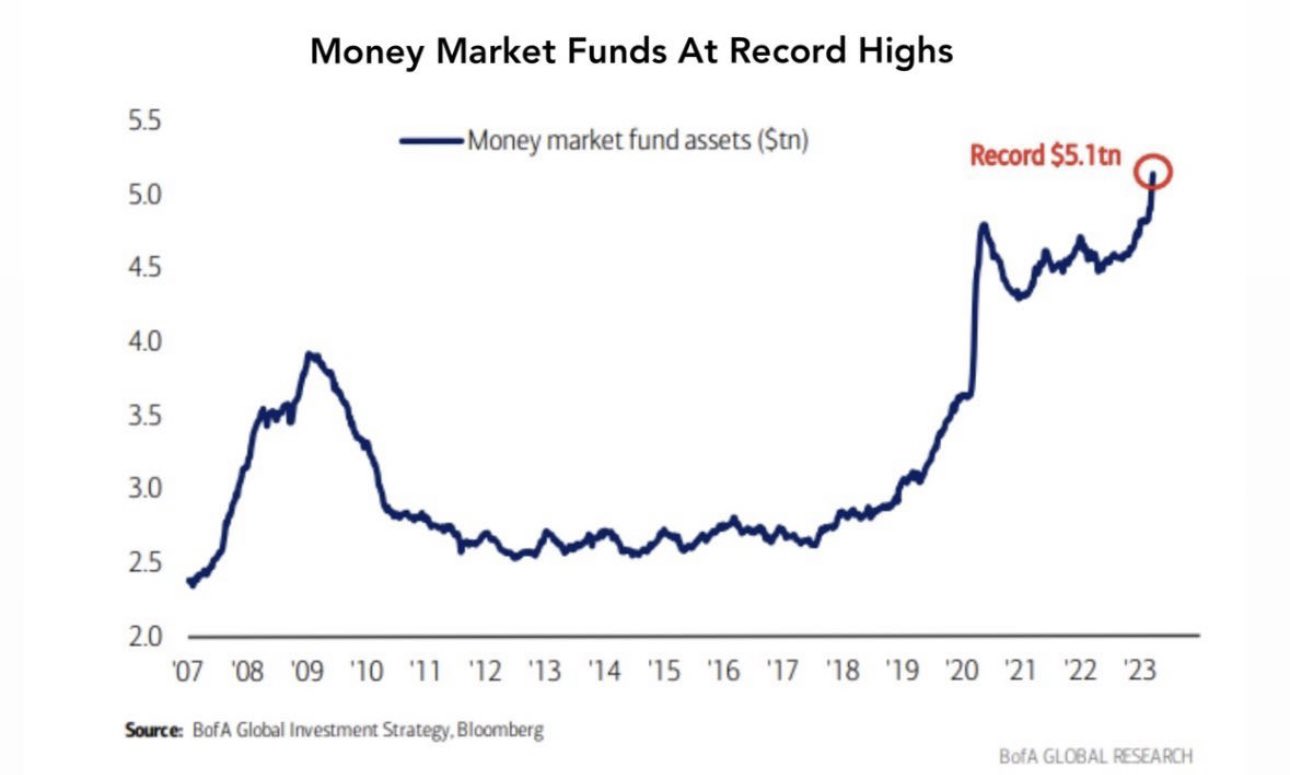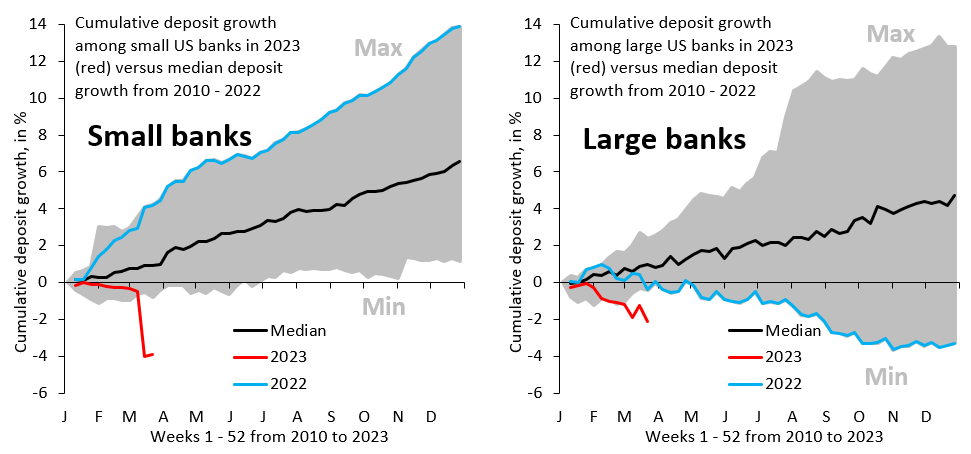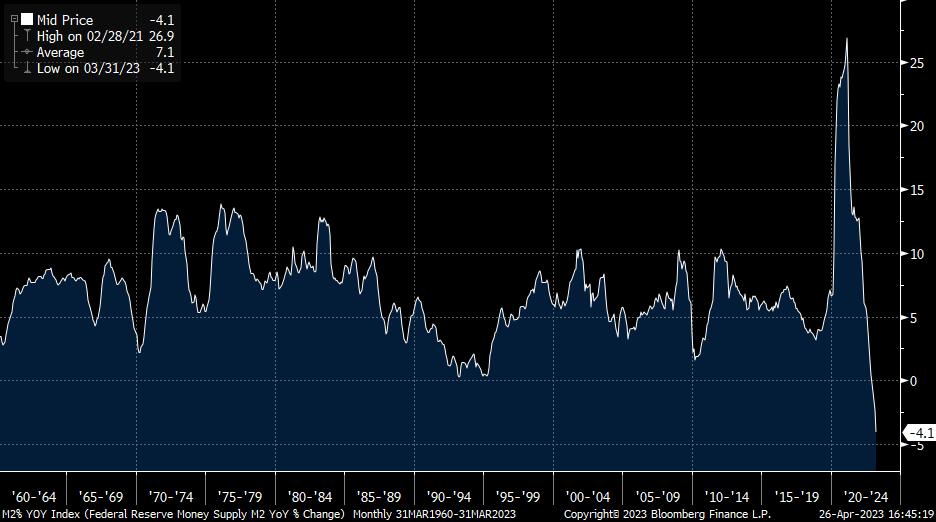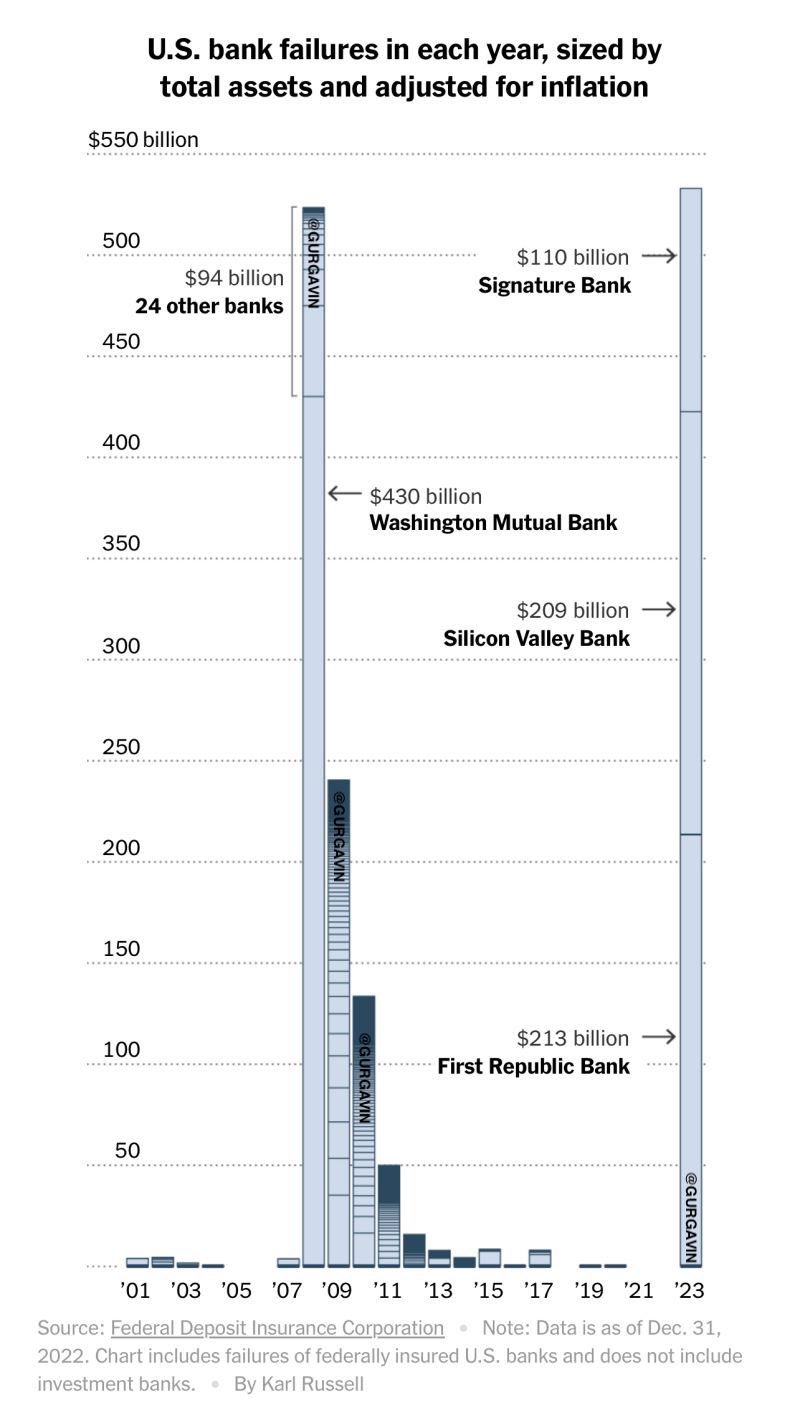First Republic Bank just collapsed. Now JPMorgan is "Too Big to Fail"
JPMorgan just won the bidding war to buy First Republic Bank.
Under the deal, brokered by the Federal Deposit Insurance Corporation (FDIC), JPMorgan takes control of US$173 billion in loans and US$92 billion in deposits.
“Our government invited us and others to step up, and we did,” said Jamie Dimon, Chairman and CEO of JPMorgan Chase.
“Our financial strength, capabilities and business model allowed us to develop a bid to execute the transaction in a way to minimise costs to the Deposit Insurance Fund.”
It's an M&A transaction, albeit a very big one.
It's also part of a much larger story on the consolidation of the US banking system - one that begins and ends at the hands of the US Federal Reserve and the FDIC.
What happened to First Republic Bank?
First, a quick recap of the First Republic saga.
First Republic Bank was on the brink of insolvency after it announced withdrawals of US$72 billion during the first quarter.
A company is insolvent when its financial obligations are greater than its liquid assets. So let's break that down for First Republic.
First Republic had about US$233 billion of assets on its balance sheets, of which US$173 billion were loans. However, the bank estimated that its assets were worth about US$27 billion less than their carrying value, leaving a present value of US$206 billion.
The deposit book, meanwhile, sat at US$104.5 billion. Add around the same amount in secured borrowing from the Federal Reserve and Federal Home Loan Bank system and you arrive at about $210 billion.
Net, the bank was in the hole for about US$4 billion.
The run on the bank didn't just come in the form of withdrawals. Shareholders also made their run in the hope of getting out with something rather than nothing; a valid concern after Silicon Valley Bank's investors were left holding the bag. First Republic's shares traded at US$147 in early February. Just before the deal went through, the stock sat at US$3.51 a share.
One of three things was going to happen:
- The Federal Reserve was going to keep propping up the bank via its Bank Term Funding Program (BTFP).
- The Federal Deposit Insurance Corporation (FDIC) seizes the bank and sells the assets piecemeal on the secondary market to banks and hedge funds.
- The bank was seized by the FDIC and sold in one go to a big Wall Street bank.
Winner: Option 3
The collapse of First Republic follows similar stories with Silicon Valley Bank and Signature Bank, which you can read about here.
Is "deposit flight" to blame?
You may have heard "deposit flight" bandied about lately, a term used to describe the vast sums of capital getting pulled from US banks.
"As it relates to banks, in March there was almost US$500 billion in bank deposit outflow, which is more than the accumulative amount shifting in the prior 12 months. It’s likely going to continue in April and subsequent months," says Richard Rauch, an investment director at Brandywine Global Investment Management.

At the same time, money has been flooding into money market funds offering higher returns.
.jpeg)
"There are cash sorters and deposit beaters," says Sam Ruiz from T. Rowe Price.
"Banks are slow to raise their deposit rates, and that's why they get healthy net interest margin expansion. But the savvy investors with enough worth moving have been chasing money market accounts with better returns."
According to Investment Company Institute, total money market fund assets increased by US$53.83 billion to US$5.26 trillion for the week to April 27 alone.
All roads lead to the Fed and FDIC
Given the massive amounts of capital rushing out of commercial banks and into money market funds, it might be easy to conclude that deposit flight is a banking story alone.
On closer inspection, though, the picture looks quite different.
As Robin Brooks, Chief Economist at the Institute of International Finance points out with this graphic, "There's been ongoing deposit outflows from large banks, a trend that began in H2 '22 when the Fed began 75 basis point hikes."

If you marry up these withdrawals with the below graph showing money supply, the story of failed regional banks and subsequent sector consolidation is a story of central bank-controlled liquidity.

Liquidity is the grease and the fuel that make the economic engine turn over.
Take it away and that engine slows, splutters or in the case of a liquidity crisis stops altogether. Too much liquidity and the engine over-revs or overheats in the form of inflation.
What contributes to liquidity levels and by extension the health of the banking system? A lot of things, but chiefly central bank policy (from both rates and balance sheet changes).
"Our research focuses on something called ‘riot points’, which is basically another way of saying something is breaking in a financial system because of monetary tightening, fiscal response or some other kind of intervention… and then we see a reduction in credit," says Rauch.
In an attempt to rein in inflation, the Fed has broken the banking sector through 450 basis points of the quickest tightening on record, which sent bond yields soaring and put the pinch on regional banks.
"Tightening cycles only end when something breaks, and that crisis is usually followed by a reflexive withdrawal in credit," Rauch adds.
In value terms, the recent US bank failures are greater than those of the Global Financial Crisis.

The net result of all this is a) greater systemic stress in the financial system and b) a banking sector that is increasingly made up of participants that are becoming "too big to fail" - criticism that has unsurprisingly been brushed away by Dimon since the First Republic acquisition.
"We have capabilities to help our clients who happen to be cities, schools, states, hospitals, governments," Dimon stated in an interview with NPR.
"We bank countries. We bank the IMF. We bank the World Bank. You need large, successful banks. And anyone who thinks it would be good for the United States of America not to have that should call me directly."
But Dimon would say that, after getting the takeover green light from a regulator that once pitched itself as a leading critic of 'too big to fail'.
4 topics
2 contributors mentioned

